Species Photo Gallery for Enchenopa on-cercis Undescribed Enchenopa on Redbud |
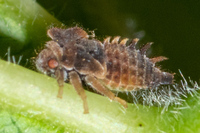 | Photo by: Scott Bolick
Forsyth Co.
Comment: | 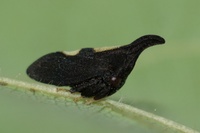 | Photo by: Scott Bolick
Forsyth Co.
Comment: |
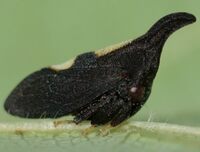 | Photo by: Scott Bolick
Forsyth Co.
Comment: | 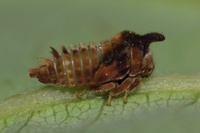 | Photo by: Scott Bolick
Forsyth Co.
Comment: |
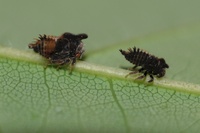 | Photo by: Scott Bolick
Guilford Co.
Comment: | 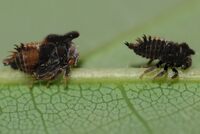 | Photo by: Scott Bolick
Guilford Co.
Comment: |
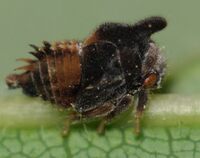 | Photo by: Scott Bolick
Guilford Co.
Comment: | 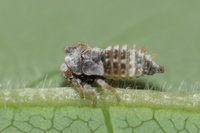 | Photo by: Scott Bolick
Guilford Co.
Comment: |
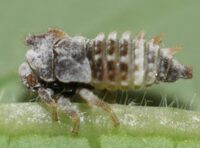 | Photo by: Scott Bolick
Guilford Co.
Comment: | 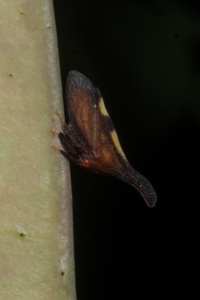 | Photo by: Scott Bolick
Forsyth Co.
Comment: |
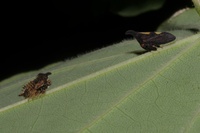 | Photo by: Scott Bolick
Forsyth Co.
Comment: | 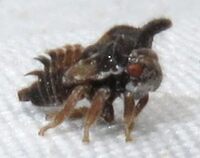 | Photo by: B. Bockhahn
Rockingham Co.
Comment: HARI - Nymph. Most likely undescribed species that feeds on redbud, may be split out in the future from binotata. |
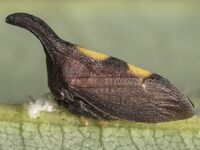 | Photo by: Mike Dunn
Chatham Co.
Comment: underside of redbud leaf | 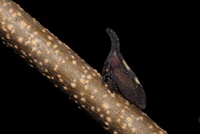 | Photo by: Scott Bolick
Forsyth Co.
Comment: |
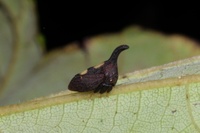 | Photo by: Scott Bolick
Forsyth Co.
Comment: | 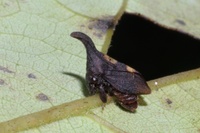 | Photo by: Scott Bolick
Forsyth Co.
Comment: |
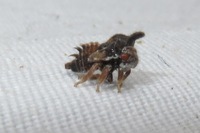 | Photo by: B. Bockhahn
Rockingham Co.
Comment: HARI | 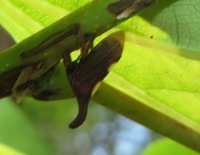 | Photo by: B. Bockhahn
Iredell Co.
Comment: LANO |
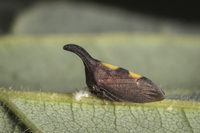 | Photo by: Mike Dunn
Chatham Co.
Comment: underside of redbud leaf |

 »
»
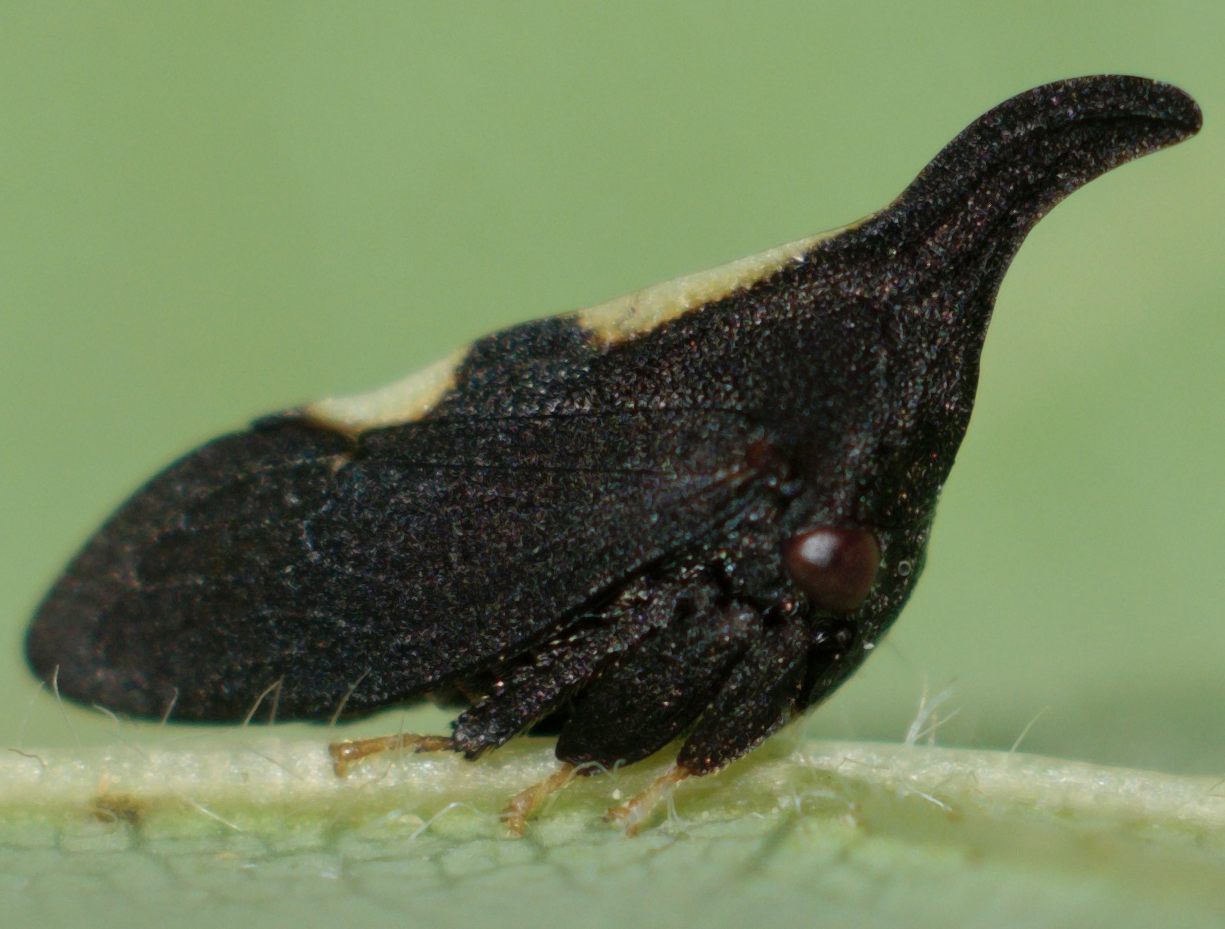
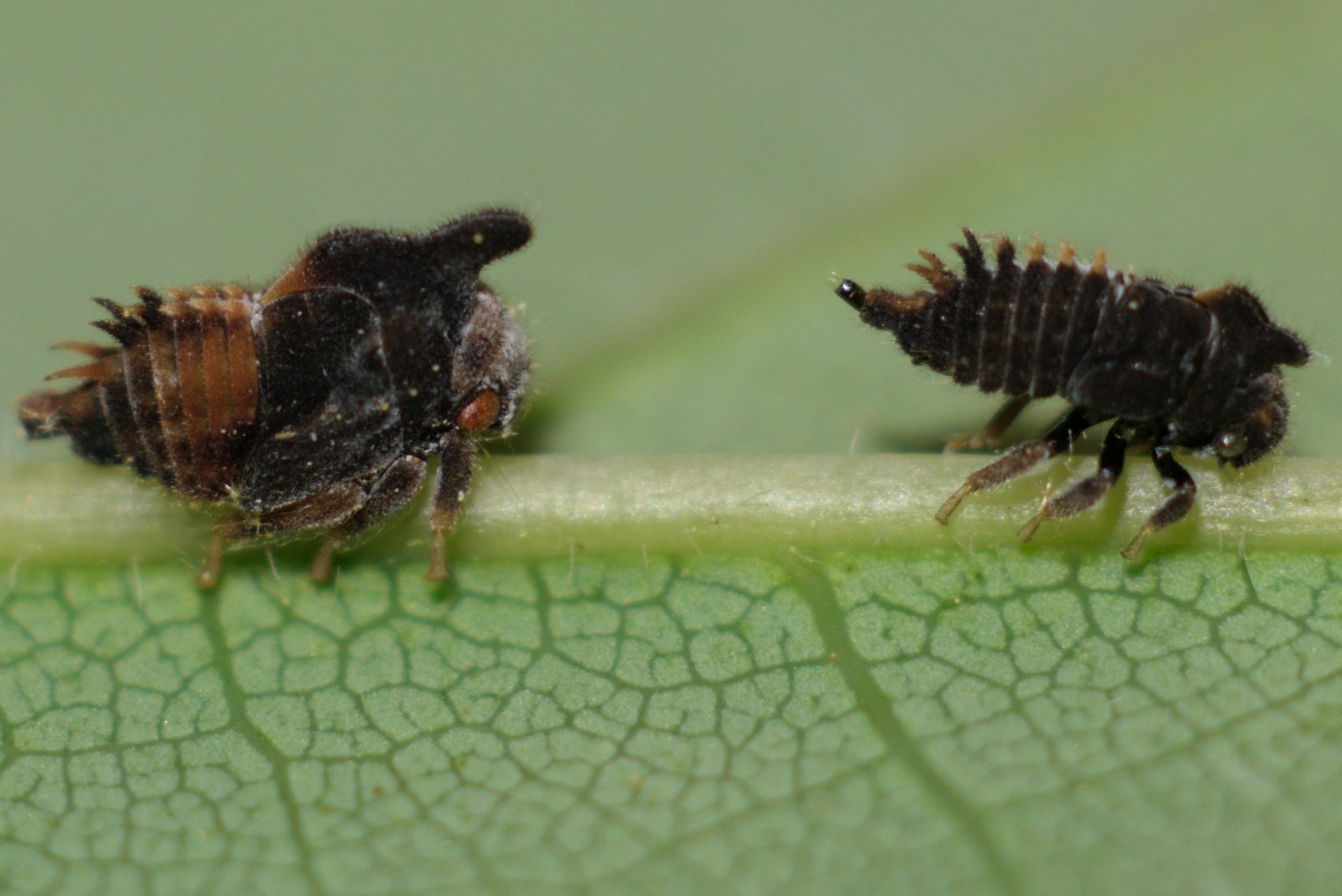
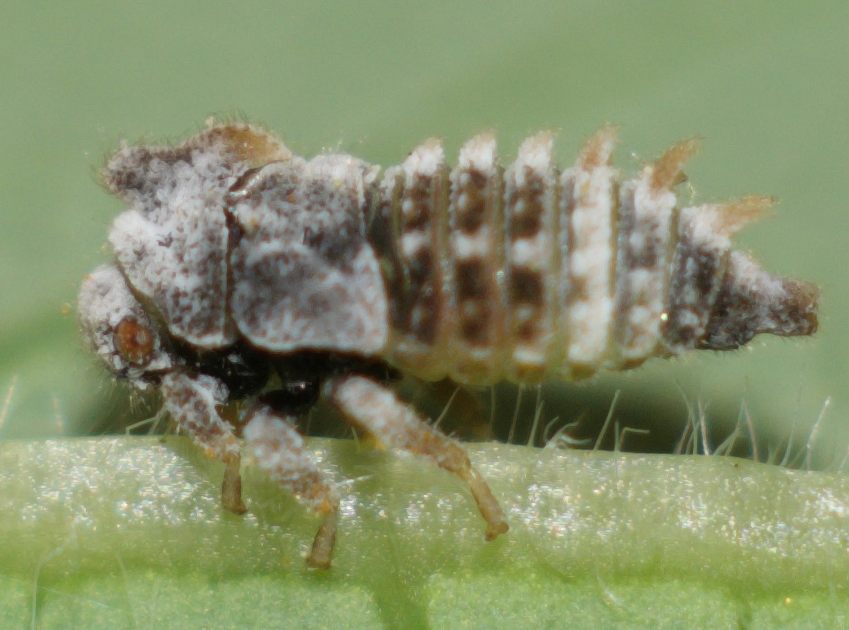

 »
»


